In addition to the two major markets of the US and China, in the coming years, Vietnamese agricultural products will have many opportunities to expand exports to potential regions such as the Middle East and some African countries...
In addition to the two major markets of the US and China, in the coming years, Vietnamese agricultural products will have many opportunities to expand exports to potential regions such as the Middle East and some African countries...
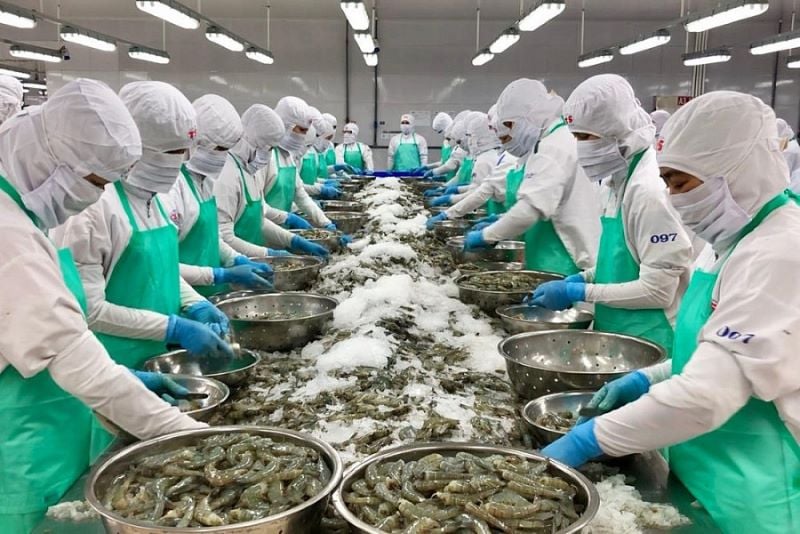 |
There is still room
2024 is a year of impressive development for Vietnam's agricultural sector in both production and export. Production value increased by over 3.2%; agricultural, forestry and fishery export turnover is estimated at over 62 billion USD, an increase of over 18% compared to 2023.
There are 11 items that continue to maintain an export turnover value of over 1 billion USD. Of which, there are 7 items estimated to reach an export turnover of over 3 billion USD.
In terms of growth rate, exports of vegetables, rice, coffee, cashew nuts and pepper all achieved double digits, of which the strongest growth was in coffee (up 56.9%), followed by pepper (up 53.3%), rubber (up 24.6%) and rice (up 10.6%).
The target for agricultural, forestry and fishery export turnover in 2024 was set at 55 billion USD, but it is estimated that the achieved figure is more than 62 billion USD, far exceeding the target.
Mr. Nguyen Anh Phong, Deputy Director of the Institute of Policy and Strategy for Agricultural and Rural Development, forecasts that the export of agricultural products may grow well in the first quarter of 2025. The reason is that the world's demand for food imports has increased, due to supply disruptions in many countries affected by armed conflicts and trade competition between major countries.
Assessing the market, Mr. Phong said that the US is a region with a large population and high consumer demand, so there is still room for growth in products, especially tropical fruits, seafood, wooden furniture, coffee, pepper, etc.
In 2025, China will continue to be the main export market. The demand for vegetables, fruits and seafood in China is forecast to increase sharply, with an increase of 6.64%/year and 7.56%/year respectively in the period 2024 - 2029. This is an opportunity for industries.
Mr. Ngo Hong Phong, Director of the Department of Quality, Processing and Market Development (Ministry of Agriculture and Rural Development) commented that when the Vietnam - UAE Comprehensive Economic Partnership Agreement is implemented, Vietnam's role in ASEAN will increase, and agricultural, forestry and fishery exports will have much room for growth in the coming period.
“Vietnam has also signed more protocols with China, opening the market to new products such as frozen durian, fresh coconut, and farmed crocodile in 2025,” Mr. Phong shared.
Overcoming challenges
Mr. Nong Duc Lai, Vietnam's Trade Counselor in the Chinese market, shared: "Vietnam is among the 10 countries/territories with the largest number of agricultural and food products that have been warned, especially seafood, fruit juice (not including coffee, dairy products), and cakes of all kinds.
The errors that are often warned about are food quality and safety (use of food additives exceeding the permitted threshold, mold, pathogenic bacteria); documents accompanying the goods or product packaging labels do not meet regulations.
“There are still many opportunities for our products to be exported to the market of 1.4 billion people in the coming years, so businesses need to comply with regulations on quality standards, testing, quarantine, packaging, and traceability of the importing country. At the same time, it is necessary to focus on building brands, having human resources with professional knowledge, fluent in languages, and understanding of the importing country market, especially small and medium enterprises,” Mr. Lai noted.
Entering 2025, geopolitical fluctuations, military conflicts in the world, or the re-election of Donald Trump as US President will bring many "unknowns" to trade activities. Protectionist policies with high tariff barriers, technical regulations and requirements for green and sustainable development are posing challenges for many countries exporting agricultural, forestry and fishery products, including Vietnam.
Meanwhile, production activities in Vietnam's major export markets are recovering strongly to serve domestic demand, increasing the level of competition between imported goods and domestic goods (especially China).
Ms. Nguyen Kim Thanh, General Director of Sa Ky Foods Joint Stock Company (Saky Foods), commented that although positive signals from 2024 bring great expectations, 2025 is still an “unpredictable” year with many fluctuations and unpredictable factors. Saky Foods assessed that the international seafood industry continues to grow, but will face stricter regulations on environmental protection and sustainable exploitation, creating great challenges for suppliers.
“Although it is a big challenge, this is also an opportunity for us to affirm our position in the market. In 2025, Saky Foods has identified its core strategy as expanding production capacity, investing in factories and research to diversify products, ensuring quality from fishing, farming to production, complying with sustainable exploitation standards and protecting the environment…”, Ms. Kim Thanh shared.
To take advantage of opportunities, many businesses are focusing on removing barriers and opening export markets, paying attention to new markets with great potential such as Muslim countries (Halal), the Middle East, Africa...
Source: https://baodautu.vn/co-hoi-mo-rong-xuat-khau-nong-lam-thuy-san-d235091.html


![[Photo] Prime Minister Pham Minh Chinh meets with King Philippe of Belgium](https://vstatic.vietnam.vn/vietnam/resource/IMAGE/2025/4/1/be2f9ad3b17843b9b8f8dee6f2d227e7)

![[Photo] Close-up of Vietnam's sniffer dog team searching for earthquake victims in Myanmar](https://vstatic.vietnam.vn/vietnam/resource/IMAGE/2025/4/1/d4949a0510ba40af93a15359b5450df2)

![[Photo] General Secretary To Lam receives King Philippe of Belgium](https://vstatic.vietnam.vn/vietnam/resource/IMAGE/2025/4/1/e5963137a0c9428dabb93bdb34b86d7c)
![[Photo] President Luong Cuong and King Philippe of Belgium visit Thang Long Imperial Citadel](https://vstatic.vietnam.vn/vietnam/resource/IMAGE/2025/4/1/cb080a6652f84a1291edc3d2ee50f631)


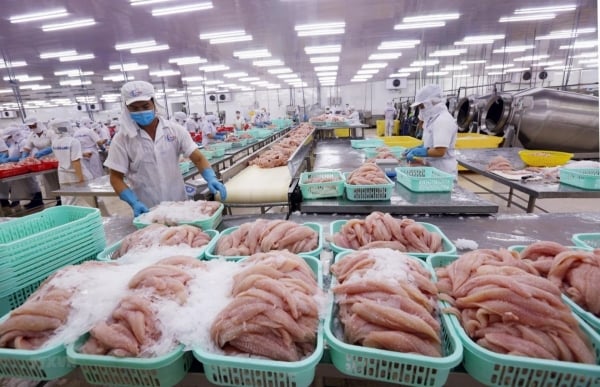

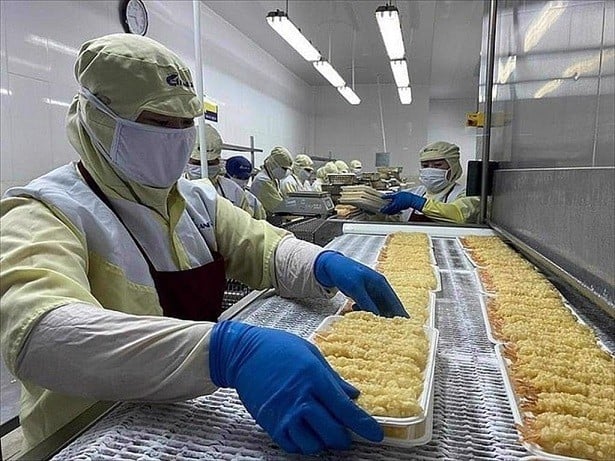

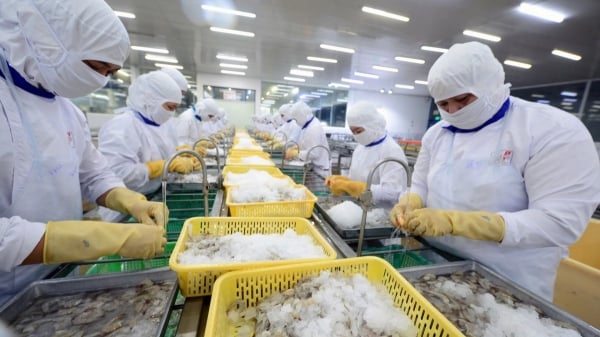


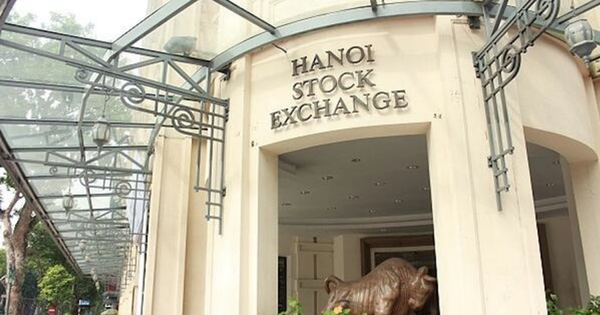
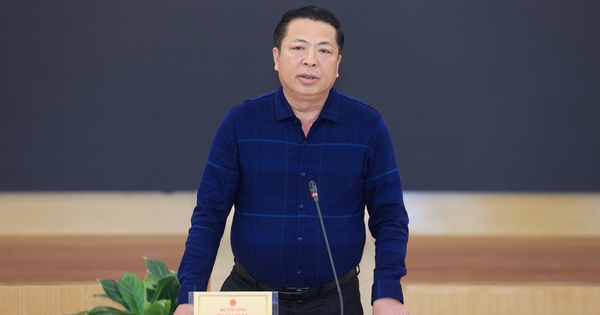














![[Photo] Myanmar's capital in disarray after the great earthquake](https://vstatic.vietnam.vn/vietnam/resource/IMAGE/2025/4/1/7719e43b61ba40f3ac17f5c3c1f03720)






























































Comment (0)